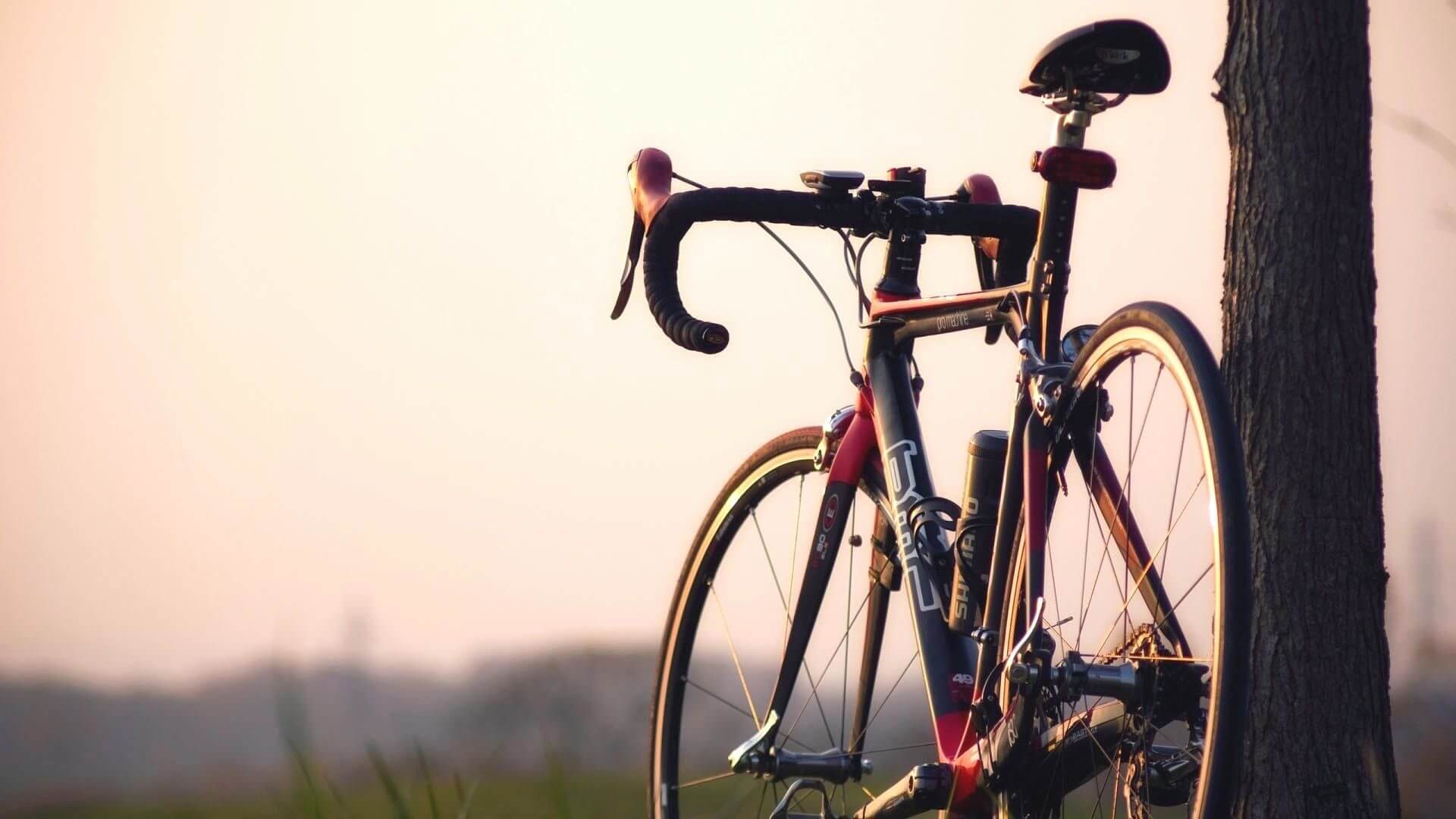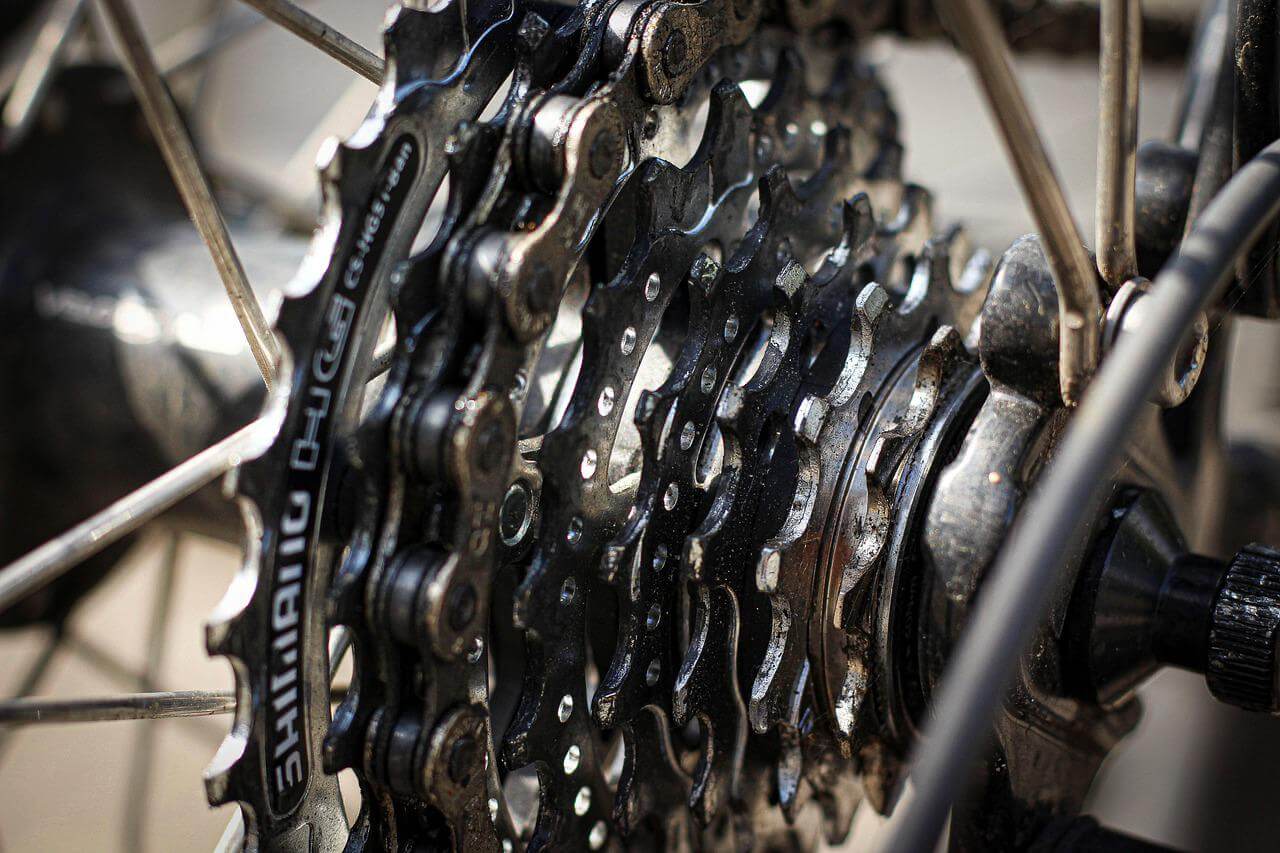We often go on a bike ride just to realise that the tyre pressure is running low. This low pressure usually impacts the grip and the rolling resistance, thus making cycling a less pleasurable sport.
If you have been a victim of this, these three tips will ensure that your bike’s tyre pressure is right!
Pump it right:
The right tyre pressure will not only allow your bike to roll smoothly, but also make you ride smooth and fend off flats. Remember, narrow tyres require a higher pressure as compared to the wider ones. A road bike would require a tyre pressure of around 80 – 130 psi (pounds per square inch); while a mountain bike tires, 25 to 35 psi; and hybrid tires, 50 to 70 psi.
If you still haven’t found your ideal tyre pressure, start in the middle of these ranges, then factor in your body weight. Always keep in mind, the more you weigh, the higher your tire pressure needs to be. Also, do keep in mind never go above or below the manufacturer’s recommended tire pressures.
Adapt according to the road:
There is no surface that is perfectly smooth. Properly inflated bike tires conform to bumps and absorb shocks. Overinflated bike tires transmit impacts to the rider, which sacrifices speed and riding comfort.
That being said, the response of your tyres will change according to the pavement, weather and so on.
On a new pavement, your bike tyres might feel great at 100 psi, however, on a rough road they might roll fast at 10 psi less i.e. 90 psi. On the other hand, you might want to reduce the pressure further if you are riding in wet conditions.
Take care of your tube and tyres when you ride
Make sure you don’t ride over sharp objects. If you happen to ride over, immediately sweep your tire with a gloved hand to remove the debris. For better protection, install tyre liners that can offer protection from tyre punctures.
To avoid pinch flats when you ride over bumps, maintain optimum air pressure. Also, get in the habit of checking your pressure before every ride.







